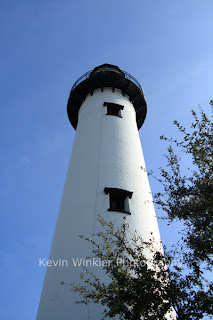Founded in 1565, St. Augustine is the oldest continuously occupied settlement of European and African-American origin in the United States. Forty-two years before the English colonized Jamestown and fifty-five years before the Pilgrims landed at Plymouth Rock, the Spanish established at St. Augustine this nation's first enduring settlement.
The architectural legacy of the city's past is much younger, testimony to the impermanent quality of the earliest structures and to St. Augustine's troubled history. Only the venerable Castillo de San Marcos, completed in the late seventeenth century, survived destruction of the city by invading British forces in 1702.
Vestiges of the First Spanish Colonial Period (1565-1764) remain today in St. Augustine in the form of the town plan originally laid out by Governor Gonzalo Méndez de Canzo in the late sixteenth century and in the narrow streets and balconied houses that are identified with the architecture introduced by settlers from Spain. Throughout the modern city and within its Historic Colonial District, there remain thirty-six buildings of colonial origin and another forty that are reconstructed models of colonial buildings.
St. Augustine can boast that it contains the only urban nucleus in the United States whose street pattern and architectural ambiance reflect Spanish origins.
Historians credit Juan Ponce de Leon, the first governor of the Island of Puerto Rico, with the discovery of Florida in 1513. While on an exploratory trip in search of the fabled Bimini he sighted the eastern coast of Florida on Easter Sunday, which fell on March 27 that year. Ponce de Leon claimed Florida for the Spanish Crown and named it Florida after the Easter season, known in Spanish as PASCUA FLORIDA. This newly claimed territory extended north and west to encompass most of the known lands of the North American continent that had not been claimed by the Spanish in New Spain (Mexico and the Southwest).
In the following half century, the government of Spain launched no less than six expeditions attempting to settle Florida; all failed. In 1564 French Huguenots (Protestants) succeeded in establishing a fort and colony near the mouth of the St. Johns River at what is today Jacksonville. This settlement posed a threat to the Spanish fleets that sailed the Gulf Stream beside the east coast of Florida, carrying treasure from Central and South America to Spain. As Don Pedro Menéndez de Avilés was assembling a fleet for an expedition to Florida, the French intrusion upon lands claimed by Spain was discovered. King Philip II instructed Menéndez, Spain's most capable admiral, to remove the French menace to Spain's interests.









